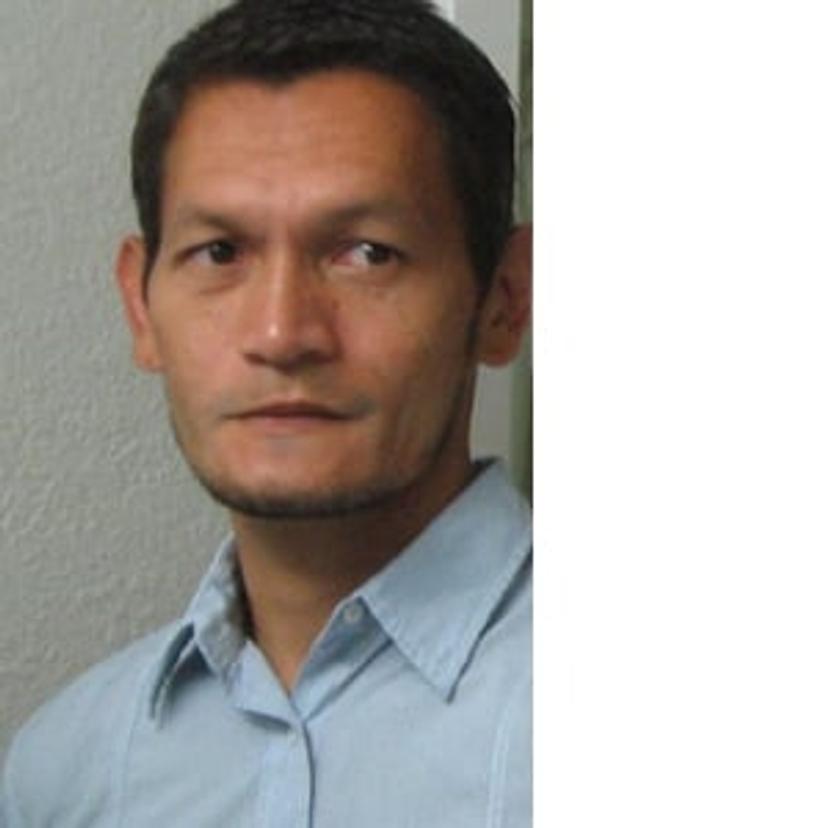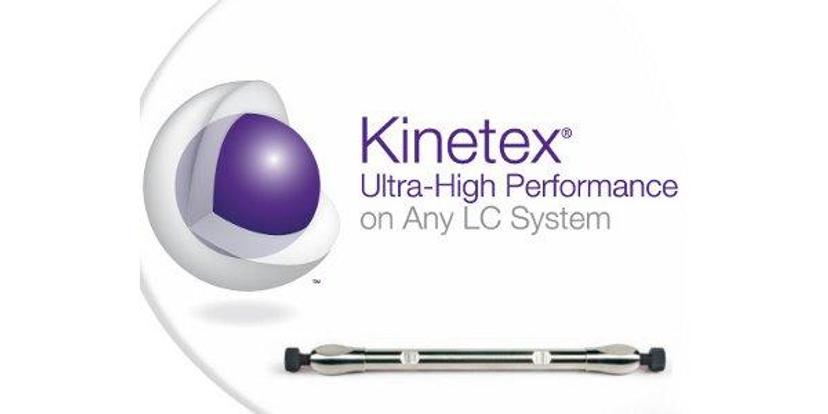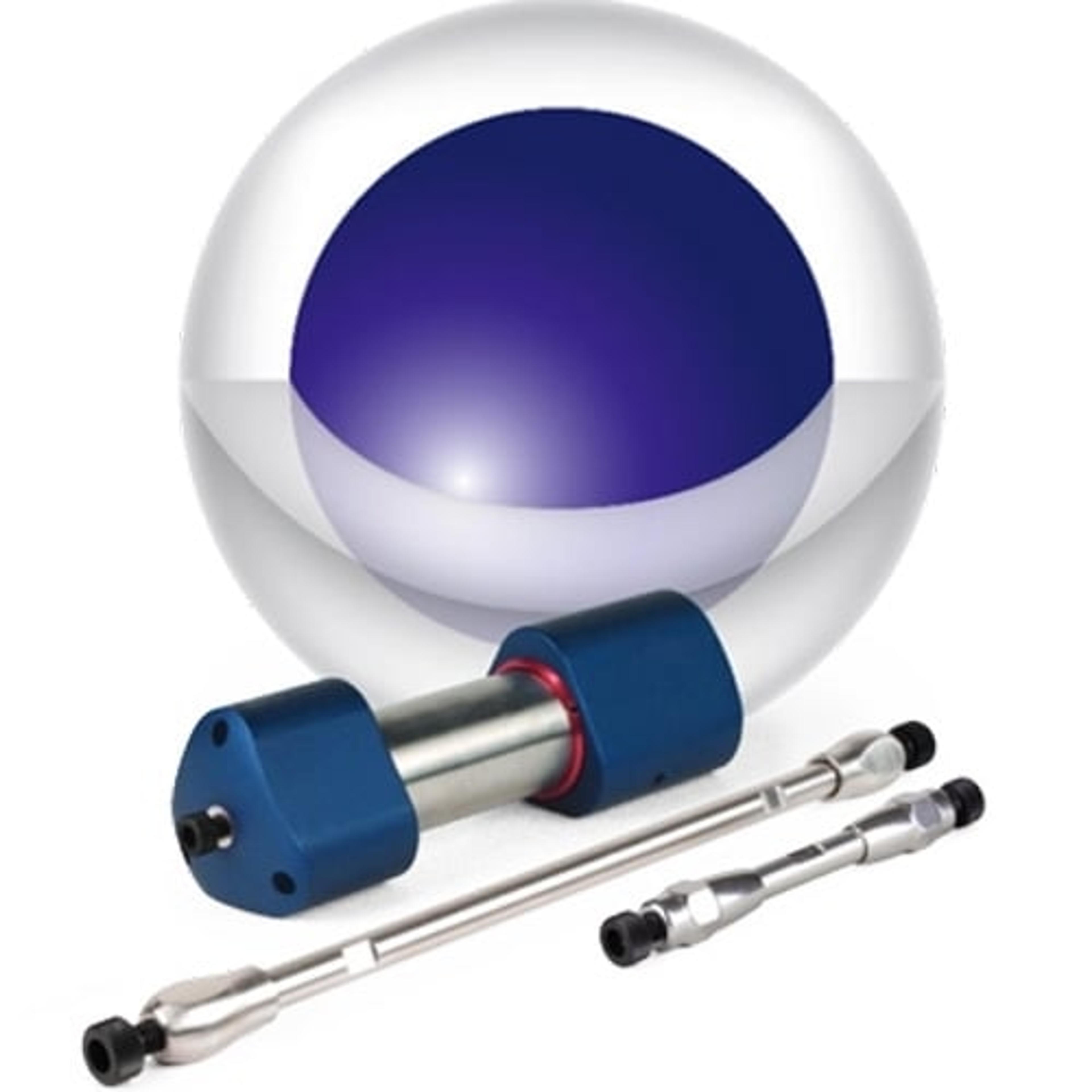Technology Enables Top UCSF Lab to Adapt to New Challenges of Designer Drugs
Roy Gerona, Assistant Professor, UCSF, discusses the technology that allows his laboratory to perform cutting-edge mass spectrometry in designer drug surveillance and hair analysis in other fields
2 Dec 2016

Dr. Roy Gerona, UCSF, USA UCSF The University of California, San Francisco (UCSF) is a leading university dedicated to promoting health worldwide through advanced biomedical research, graduate-level education in the life sciences and health professions, and excellence in patient care.
Advanced technology allows us to be flexible and responsive to new challenges
Dr. Roy Gerona UCSF, USA
Roy Gerona, is Assistant Professor at the University of California, San Francisco (UCSF). Roy is a mass spectrometry expert, working in the fields of environment biomonitoring, clinical toxicology, and therapeutic drug monitoring in HIV/AIDS cases. Sonia Nicholas, Associate Editor, spoke to Roy to learn more about his work.
SN: Roy, could you start by explaining a little bit more about your role at UCSF?
RG: I am the Principal Investigator of the Clinical Toxicology and Environmental Biomonitoring Lab at UCSF. We are currently running several projects – one on new psychoactive substances surveillance and several studies on environmental biomonitoring.
I also direct the Tuberculosis (TB) and Human Immunodeficiency Virus (HIV) Hair Analysis Lab, in partnership with the Positive Health Program at Zuckerberg San Francisco General Hospital and Trauma Center, where we have been developing assays using hair as a biomonitoring matrix for therapeutic drug adherence.
Drug surveillance
SN: Can you tell us more about the drug surveillance work that you are doing?
RG: My laboratory specializes in new psychoactive substances (NPS, designer drugs) surveillance for several partner organizations, including the Drug Enforcement Administration, Poison Centres and Medical Examiners' Offices from across the US. When a sample comes in, it is our job to determine the substances that may be involved in the case and to inform collaborators of our findings. We carry out the analysis using high resolution and tandem mass spectrometry, to track down NPS intoxications and epidemics.
We test for new psychoactive substances, such as synthetic cannabinoids, synthetic cathinones, and opioid analogs among others. We develop our own in-house assays to keep up with the new synthetic drugs entering the market. This analysis really keeps us on our toes, because NPS are being brought to the market constantly and at such a rapid turnover. These drugs evolve so quickly; traditional analysis using targeted panels won’t work most of the time. We have to be able to evolve quickly too, using the latest mass spectrometry technology to tentatively identify new designer drugs, and then, crucially, we have to be able to confirm their identities using appropriate reference standards. Our partnerships with a synthetic organic chemist who is part of our team and a reference drug standard manufacturer have enabled us to facilitate our confirmatory analysis.
Environmental monitoring
SN: You also carry out environmental analysis, do you use hair analysis in this field too?
RG: We do also monitor for environmental substances such as BPA. The problem with many of these industrial chemicals is that their half-life is very short. This means that the concentration of the substances varies enormously from day to day, or hour to hour. As a result, testing of traditional biomatrices does not necessarily reflect an individual’s average exposure to non-persistent organic pollutants. In this situation, hair analysis works very well as it gives an indication of an individual’s chronic exposure to these chemicals; that is why we have started to carry out hair testing in our laboratory.
SN: How does the technology you use enable you to keep ahead of the curve in this field?
RG: I always say to my team, that we should look at diseases that have persisted as a role model for survival. If you look at viruses like HIV or the common cold, they adapt and mutate regularly in order to survive. For us to also succeed and achieve our goals, we must adapt and “mutate” regularly too. Advanced technology allows us to be flexible and responsive to new challenges.
SN: Can you tell me what Phenomenex products you are using in your laboratory?
RG: We use a wide range of Phenomenex HPLC columns in our lab. Over the last three or four years we have transferred most of our methods over to columns such as the Kinetex C18 and C8 for BPA, bisphenols, phthalate metabolites, and PFCs, Synergi Polar RP for anti-TB and antiretroviral drugs, and Kinetex Biphenyl for whole blood analysis of drugs of abuse and new psychoactive substances.

When we are developing methods, we test a lot of different columns to see what works best for a specific application; we also have a variety of other columns from Phenomenex and other vendors. So far, most of our applications use Phenomenex columns and this is for several reasons. Our observations have shown Phenomenex columns to be more reliable in achieving higher resolution and better reproducibility. The lifetime of the column is also commendable. For BPA testing, for example, our Kinetex C18 columns last between 3,000-5,000 injections. Our previous columns gave us on average about 1000 injections.
Another huge advantage in working with this company is that they have awesome technical support; they are very open, flexible and accommodating. I work very closely with one of their sales representative and their applications specialists and we have a great relationship with them. If we need something we can call them and ask for help. Having a relationship like that with a company is such a huge advantage, and this contributes a lot to our success as a starting laboratory.



